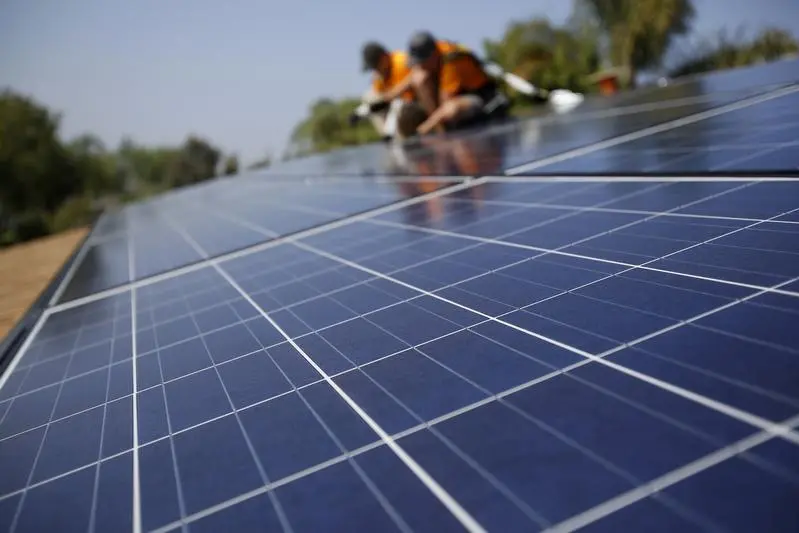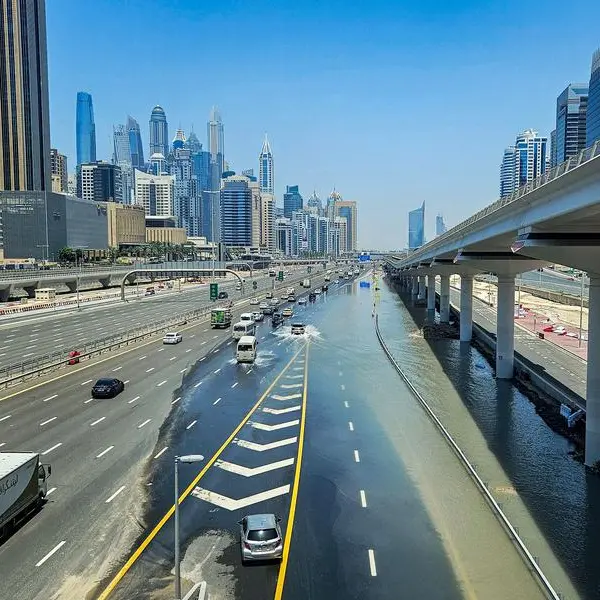PHOTO
Egypt has moved to lessen the burden of utilities provision on state spending, implementing a series of subsidy cuts amid ongoing economic reforms.
On June 2 the then-Prime Minister Sherif Ismail approved plans to increase bills for piped drinking water and sewerage by up to 46.5% and 12%, respectively.
The measures, which follow a similar decision in August 2017 that saw water and sewerage bills rise by 50%, are part of economic reforms being undertaken as part of a three-year, $12bn loan programme signed with the IMF in 2016. The fourth and most recent tranche of $2bn was received on June 29.
The programme has seen Egypt float its currency and cut a series of utilities subsidies to help reduce state spending and attract foreign investment. Further subsidy cuts announced in June will see gasoline prices rise by 50% in FY 2018/19, which began on July 1. Household and industrial electricity prices will increase by 20.9% and 41.8%, respectively, according to a statement by Mohamed Shaker, the minister of electricity and renewable energy.
While the subsidy cuts and the 55% reduction in the value of the Egyptian pound following the November 2016 currency float have led to some criticism, an assessment released in early July by the IMF said the reform programme has helped accelerate growth, reduce inflation, and lower external and fiscal deficits.
Desalination plants to secure water supply
Efforts to reduce the burden of utilities provision on state coffers coincide with plans to shore up the country’s sources of water: Egypt is constructing 19 desalination plants to purify water from both the Red and Mediterranean Seas, and in early April Prime Minister Mostafa Madbouly, then-minister of housing, utilities and urban development, announced that six of the projects will be operational by the end of the year.
Madbouly said that together the plants are expected to produce some 1.6m cu meters of water a day, forming part of the 20-year, LE900bn ($50.3bn) National Water Resources Plan aimed at bolstering water security amid challenges associated with rapid population growth.
“In Egypt 75-80% of water is used for irrigation, while the remaining water is for industry or domestic use,” Karim Madwar, managing director of international water management solutions firm Metito, told OBG. “Current investments in desalination plants in coastal areas, and water treatment plants in urban and industrial areas, aim to maintain the capacity to meet increasing demand.”
Moves to shore up Egypt’s water supply come amid concerns over how it will be affected by Ethiopia’s plan to build a dam on the Blue Nile, one of the main tributaries that supplies around 60% of the Nile’s water.
Despite concerns, bilateral talks are ongoing, with the leaders of both countries most recently meeting in June to discuss proposed solutions to securing water supply along the river.
Renewable energy cornerstone of diversification plans
In addition to fostering water security, officials have sought to diversify Egypt’s sources of electricity.
A recent move in this regard took place in May, when the government-affiliated Academy of Scientific Research and Technology announced it would offer the first training programme for solar power researchers at the recently opened Multipurpose Applications by Thermodynamic Solar (MATS) plant, located in the city of Borg El Arab, near Alexandria.
MATS has a daily production capacity of 5 MW of thermal power, 1 MW of electricity and 250 cu meters of desalinated water, enough to meet the needs of around 1000 people.
The development will contribute to plans to source 20% of national energy needs from new and renewable sources by 2022. Of this, wind and solar generation capacity are forecast to reach 6960 MW and 2750 MW by 2022, respectively.
© Oxford Business Group 2018











